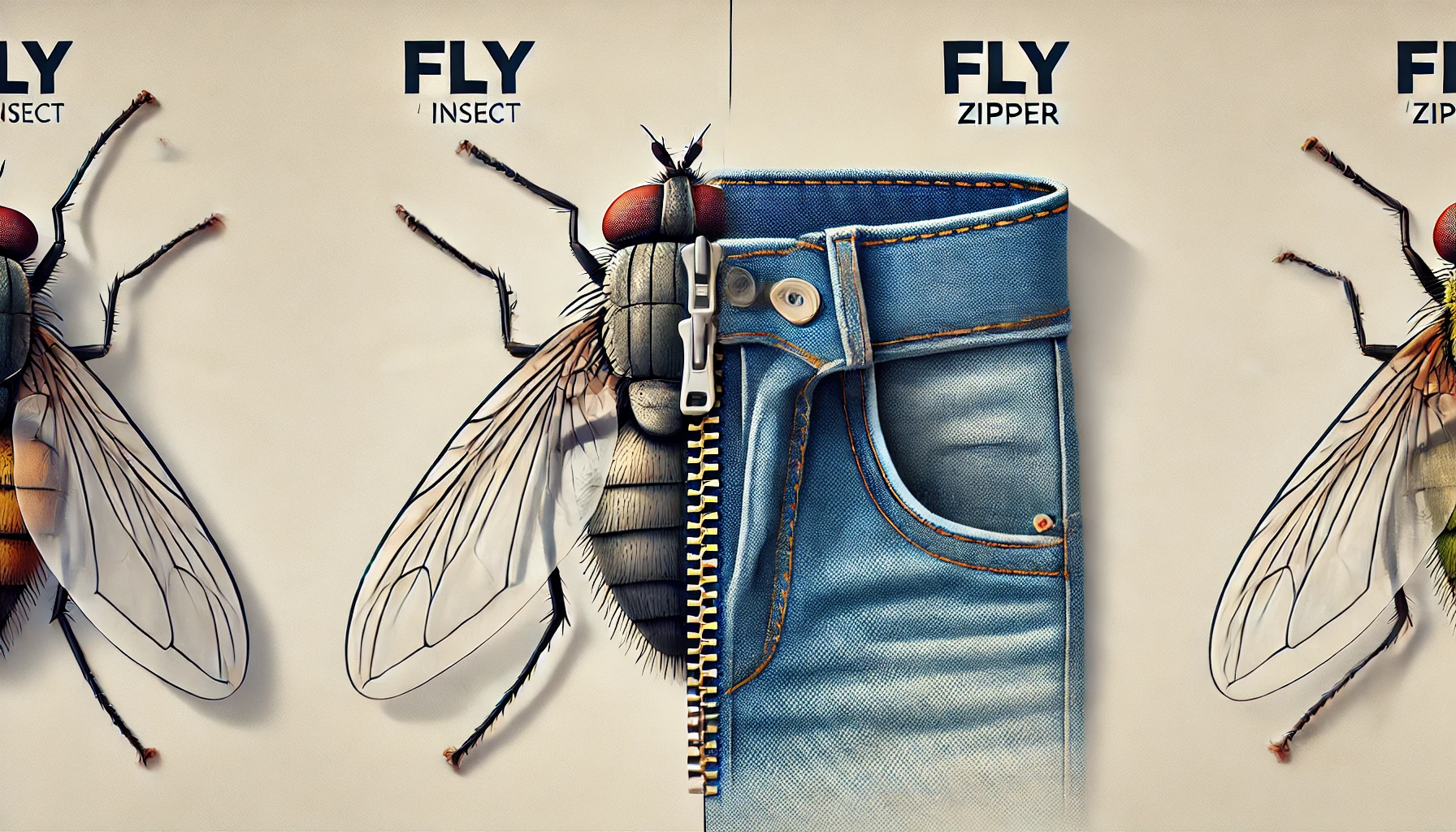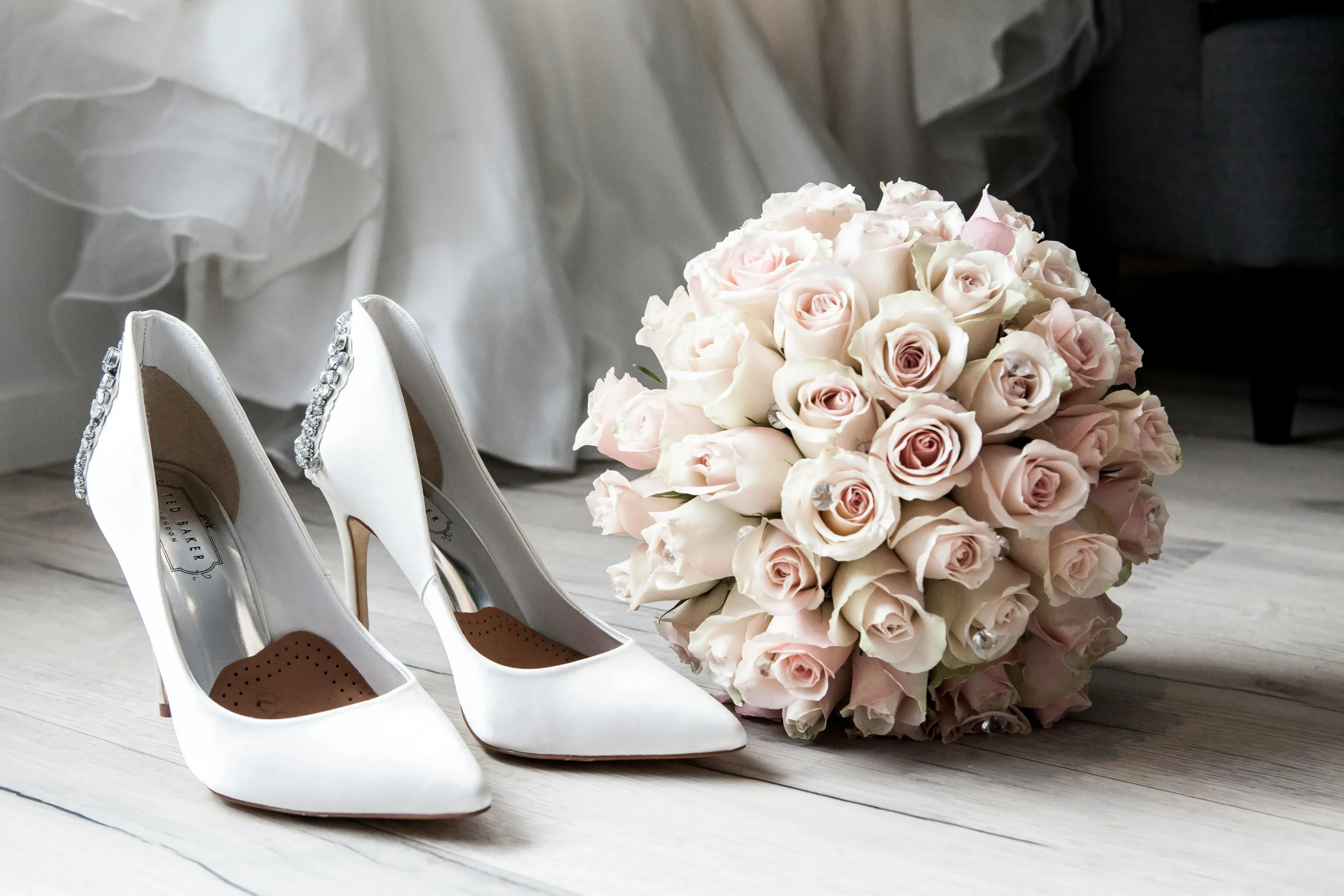Have you ever wondered whether it’s “flies” or “flys”? If so, you’re not alone. The confusion between these two forms can trip up even the most seasoned writers. After all, English is full of quirky rules and exceptions, and this particular word is no different. Let’s break down the difference between “flies” and “flys” and explore when to use each one.
What’s the Difference Between Flies and Flys?
First things first, let’s clarify the terms. Both “flies” and “flys” are related to the same word: “fly,” which refers to the action of moving through the air. But, depending on the context, one form is definitely more appropriate than the other.
- Flies is the plural form of the noun “fly.” It’s also the third-person singular form of the verb “to fly” in the present tense.
- Flys is an incorrect form of the plural noun. You should never use “flys” when referring to multiple insects or anything else related to the plural form.
Understanding this simple distinction will help you avoid a common mistake in your writing.
When to Use Flies?
The plural form “flies” is used when talking about more than one fly. For example, when referring to those pesky insects buzzing around your kitchen, “flies” is the right word. Here are a few examples:
- There are many flies in the garden today.
- The window was open, and flies got inside.
Additionally, “flies” can be used as a verb. When describing someone or something moving through the air, you’ll also use “flies” in the third person:
- She flies to Paris every summer.
- The bird flies across the sky with ease.

When to Use Flys?
You might be surprised to learn that “flys” is typically considered incorrect when referring to the plural form of the insect. Despite this, it occasionally pops up in informal writing, but it’s best to stick with “flies” to stay grammatically accurate.
However, “flys” can still be used in a few specific instances. One example is the plural form of “fly” in other contexts, like clothing or equipment, such as a fly on pants or a fishing fly. But even then, the use of “flys” is less common, and many people will still use “flies” in these contexts as well.
For example:
- The flys on my jeans are broken.
- He caught several flys while fishing in the lake.
It’s important to note that the use of “flys” in these contexts is less frequent, and many writers would still consider “flies” the more standard option.
Common Mistakes with Flies or Flys
One of the most frequent errors people make is using “flys” when they should be saying “flies.” Here’s a quick rundown of the common mistakes and how to fix them:
Using “flys” instead of “flies” when referring to insects.
- Wrong: There are many flys buzzing around the room.
- Right: There are many flies buzzing around the room.
Confusing the verb “flies” with the noun form.
- Wrong: The bird flys gracefully through the air.
- Right: The bird flies gracefully through the air.
Using “flys” in written or formal contexts when it’s best to use “flies.”
- Wrong: She always flys to New York on business.
- Right: She always flies to New York on business.
How to Remember When to Use Flies or Flys
One of the easiest ways to keep “flies” and “flys” straight is to remember this rule: “flies” is almost always the correct form.
- If you’re talking about multiple insects, always use “flies.”
- If you’re talking about the verb, where someone or something is flying through the air, use “flies” for third-person singular.
Think of it this way: flies is the more common, regular form that applies in almost every scenario. It’s like the “default” setting, which works for both plural insects and present tense verbs.
Commonly Misspelled Words Like Flies or Flys
Many words in English have tricky spellings, and “flies” vs. “flys” is no exception. Here are a few examples of commonly misspelled words that often trip people up:
- Who vs. Whom: “Who” is used as the subject of a sentence, while “whom” is the object of a verb or preposition. Example: “Who is coming to dinner?” vs. “To whom did you give the gift?”
- Grateful vs. Greatful: The correct form is “grateful,” meaning thankful. “Greatful” is a common misspelling. Example: “I’m grateful for your help.”
- Truly vs. Truely: “Truly” is the correct spelling. “Truely” is a misspelling. Example: “She truly believes in the cause.”
- Dying vs. Dieing: The correct form is “dying,” which refers to the process of approaching death. “Dieing” is a frequent misspelling. Example: “The plant is dying because it’s not getting enough water.”
By staying aware of these common mistakes, you’ll ensure your writing remains accurate and clear.
Fun Facts About Flies
Flies aren’t just interesting because of their grammar—these insects also have some fascinating qualities. Did you know?
- Flies have an amazing ability to move quickly. Their wings beat about 200 times per second!
- Some species of flies can live for just a few days, while others may last longer, depending on their environment.
These little creatures are certainly more than just pests—they’re an important part of the ecosystem.
Summary: Key Takeaways
To wrap things up, let’s highlight the main points for clarity:
- Flies is the plural form of the insect “fly” and the third-person singular form of the verb “to fly.”
- Flys is an incorrect form when referring to the plural of the insect and should be avoided in most contexts.
- Remember: “flies” works almost universally, so keep it as your go-to choice in both noun and verb forms.
Understanding the correct use of “flies” and “flys” will help elevate your writing and keep you from making simple but common mistakes. With just a little attention to detail, you can easily avoid this confusion and use these terms with confidence.
By following these guidelines, you’re on your way to mastering this common grammar pitfall. And the next time you see a bunch of flies buzzing around, you’ll know exactly how to describe them—without any hesitation.




